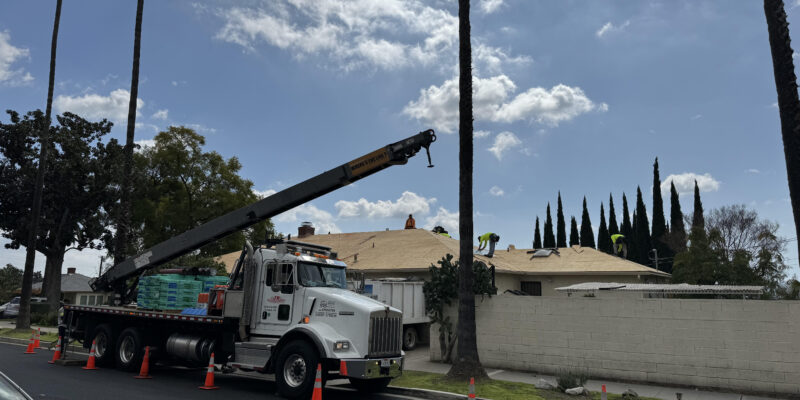In the diverse climate of Southern California, homeowners are continuously seeking roofing solutions that not only enhance the aesthetic appeal of their homes but also offer durability and performance against the region’s unique weather conditions. Traditionally, asphalt shingles have dominated the roofing industry due to their cost-effectiveness and versatility. However, a shift towards innovative, synthetic roofing materials is emerging, driven by the demand for more sustainable, longer-lasting, and environmentally friendly options. This blog explores this significant transition and its implications for Southern California homeowners.
The Traditional Choice: Asphalt Shingles
Asphalt shingles have been the go-to choice for decades, prized for their affordability and relatively straightforward installation process. They offer a variety of styles and colors, making them suitable for a wide range of home designs. However, their lifespan—typically 15 to 30 years—is shorter than that of some alternative materials. Additionally, in Southern California’s hot climate, traditional asphalt shingles can absorb a significant amount of heat, leading to higher indoor temperatures and increased cooling costs.
Rising Stars: Synthetic Roofing Materials
In contrast, synthetic roofing materials, including rubber, plastic, and polymer composites, are gaining traction. These materials are engineered to mimic the look of natural roofing materials such as slate, wood shakes, and clay tiles, without their associated drawbacks, such as high cost, significant weight, and maintenance requirements. Synthetic roofing options offer numerous advantages, including:
- Durability: Synthetic roofs are designed to withstand harsh weather conditions, including the intense UV exposure common in Southern California, without cracking, fading, or deteriorating as quickly as natural materials.
- Energy Efficiency: Many synthetic roofing products are highly reflective, minimizing heat absorption and contributing to cooler indoor temperatures and lower energy bills.
- Sustainability: Synthetic materials often incorporate recycled content and are themselves recyclable, appealing to environmentally conscious homeowners.
- Longevity: With lifespans exceeding 50 years in some cases, synthetic roofs offer an excellent long-term investment for homeowners.
Considering the Shift
The transition from asphalt shingles to synthetic roofing options reflects broader trends in building and design, particularly in eco-conscious regions like Southern California. Homeowners are increasingly prioritizing sustainability, energy efficiency, and resilience in their roofing choices, aligning with the state’s environmental goals.
Making the Choice: Factors to Consider
For homeowners contemplating a roofing upgrade, several factors should be considered:
- Cost: While synthetic roofing can be more expensive upfront than traditional asphalt shingles, the long-term savings in maintenance, energy bills, and eventual replacement costs can be significant.
- Aesthetic: Synthetic materials offer a wide range of design options, allowing homeowners to achieve the desired look without compromising on performance.
- Environmental Impact: Choosing materials with a lower environmental footprint supports sustainability efforts and can contribute to a healthier planet.
The Future of Roofing in Southern California
As the roofing industry continues to innovate, Southern California homeowners stand at the forefront of adopting advanced, sustainable solutions. The evolution from asphalt shingles to synthetic materials represents not just a shift in preferences but a commitment to building homes that are as resilient and energy-efficient as they are beautiful. In this dynamic landscape, the future of roofing looks bright, with synthetic materials paving the way towards a more sustainable, durable, and aesthetically pleasing horizon.

